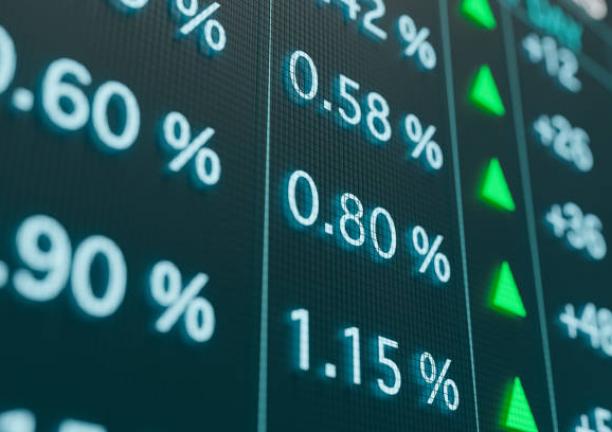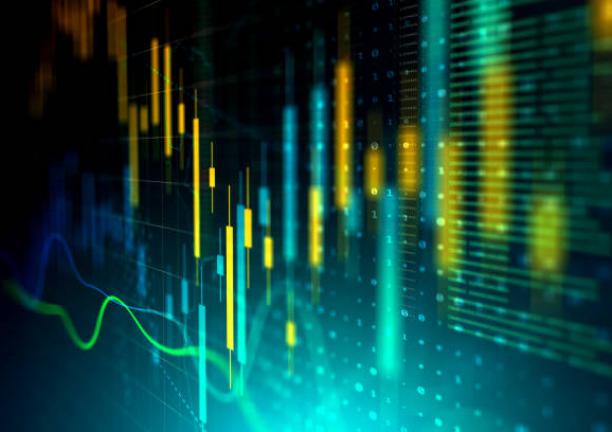Sustainable Bottom Line: Focused sustainable funds ended May with $346 billion, gaining $14.3 billion, and eked out inflows, while three of six sustainable indices outperformed.
Long-Term Net Assets: Focused Sustainable Mutual Funds and ETFs |
Focused sustainable long-term fund assets under management attributable to mutual funds and ETFs (excluding money market funds), a combined total of 1,285 funds/share classes as well as ETFs (1,069 mutual funds/share classes and 216 ETFs), based on Morningstar classifications, closed the month with $346.03 billion in net assets. This compares to 1,298 funds/share classes and $331.7 billion in net assets as of the prior month-end, for a month-over-month increase of $14.3 billion, or 4.1%. This is the largest monthly increase in assets since the start of the year and brings funds to within $7.3 billion, or 2.2%, needed to reach the level of $353.3 billion recorded at year-end 2024. The month-over-month gain in assets is almost entirely attributable to capital appreciation. Long-term mutual fund assets ended the month of May with $231.4 billion in net assets, up $7.5 billion, or 3.3%, while ETFs closed the month with $114.7 billion in assets, adding $6.8 billion, or 5.9%. Using a simple back of an envelope calculation, focused sustainable funds experienced net inflows in May, estimated at about $37 million. |
New Sustainable Fund Launches |
One new focused sustainable mutual fund was launched during the month of May, bringing to three the total number of new listings during the first five months of the year, excluding new share classes or funds that were a product of reorganizations. These new offerings consist of two ETFs and one mutual fund. The slow pace of new fund offerings continues a drought affecting new sustainable fund listings that started after May of 2023, but also the number of focused sustainable fund offerings continues to decline, either due to fund closures or reorganizations, as well as investment adviser exits, which in May included two confirmed firms. These include Defiance ETFs, manager of the $13.9 million Defiance Next Gen H2 ETF, and the VegTech LLC, manager of the $5.8 million VegTech Food Innovation & Climate ETF that was deemed to be not viable economically at the fund’s current asset level. At the same time, Cromwell Investment Advisors renamed its four funds by dropping the term sustainable from its funds’ names but retaining their sustainable investing screening and exclusionary criteria—an approach that is not entirely unusual. As for the new fund addition, the Dimensional World ex US Sustainability Targeted Value Portfolio Institutional Class, was launched by Dimensional Fund Advisors with $91.7 million in assets. The fund takes into account certain sustainability considerations when making investment decisions while also excluding certain companies based on sustainability considerations. |
Green, Social and Sustainability Bonds Issuance |
According to Bloomberg, sustainable debt issuance through May 25 reached $309.1 billion versus $298.90 billion, or an increase of $10.2 billion, over the same period last year. Bloomberg further reports that “sustainable-debt issuance in the Americas has been buoyed by Ginnie Mae’s new offerings this year. New debt volume returned to a record pace as the securitized-sector increase of 22% has offset a 46% drop in corporate-bond sales. Offerings from US issuers are far exceeding those in other countries. Corporate issuance will likely remain light as companies navigate the trade tensions and anti-ESG positions.” SIFMA’s sustainable debt data through the second quarter of 2025 (the source for the data displayed above) will not be available until early July, however, Bloomberg’s observation regarding US issuance is consistent with first quarter issuance in the US which, at $47.7 billion according to SIFMA, reflected gains relative to last year when issuance reached $44.1 million. |
Short-Term Relative Performance: Selected ESG Indices vs. Conventional Indices |
In line with last month’s results, three of six selected sustainable domestic and international stock indices and one bond index, or 50%, outperformed their conventional counterparts in May. This was against a backdrop in which stocks that make up the S&P 500 Index climbed back from their 15% drop since the start of the year to close the month of May with a gain of 6.1% and a year-to-date gain of 1.6%. This brought the index to within 3.8% of the record closing high achieved in mid-February. The Dow Jones Industrial Average was up 4% while the Nasdaq Composite added nearly 10%. The performance of foreign stocks as measured by the MSCI ACWI ex USA Index, which had been outperforming tariff-battered U.S., stocks, lagged the S&P 500 with its gain of 4.58%. On the back of a 24-basis point decline in the yield offered by 10-year Treasuries, U.S. intermediate investment-grade bonds, based on the Bloomberg US Aggregate Bond Index, dropped 0.72%. Positive relative results in May were again recorded by two stock indices, the MSCI USA Selection Index and the MSCI Emerging Markets Select Index as well as the Bloomberg MSCI US Aggregate ESG Focus Index. These three benchmarks outperformed their conventional counterparts by 1.69%, 0.47% and .01%, respectively. Expanding the short-term time interval under consideration over three additional time periods up to twelve months does not result in any relative performance improvements. Longer term relative results, over the trailing three and five years to May 30th, are not compelling. However, there is some improvement in relative performance over the trailing ten years when the MSCI USA ESG Selection Index, MSCI ACWI ex USA Selection Index and MSCI Emerging Markets Selection Index outperform their conventional counterparts by an annualized 3.16%, .02%, and 1.03%, respectively. |
Sources: Morningstar Direct, MSCI, SIFMA/Dealogic Q1 2025 Quarterly Report (some statistics are updated), Bloomberg and Sustainable Research and Analysis LLC





